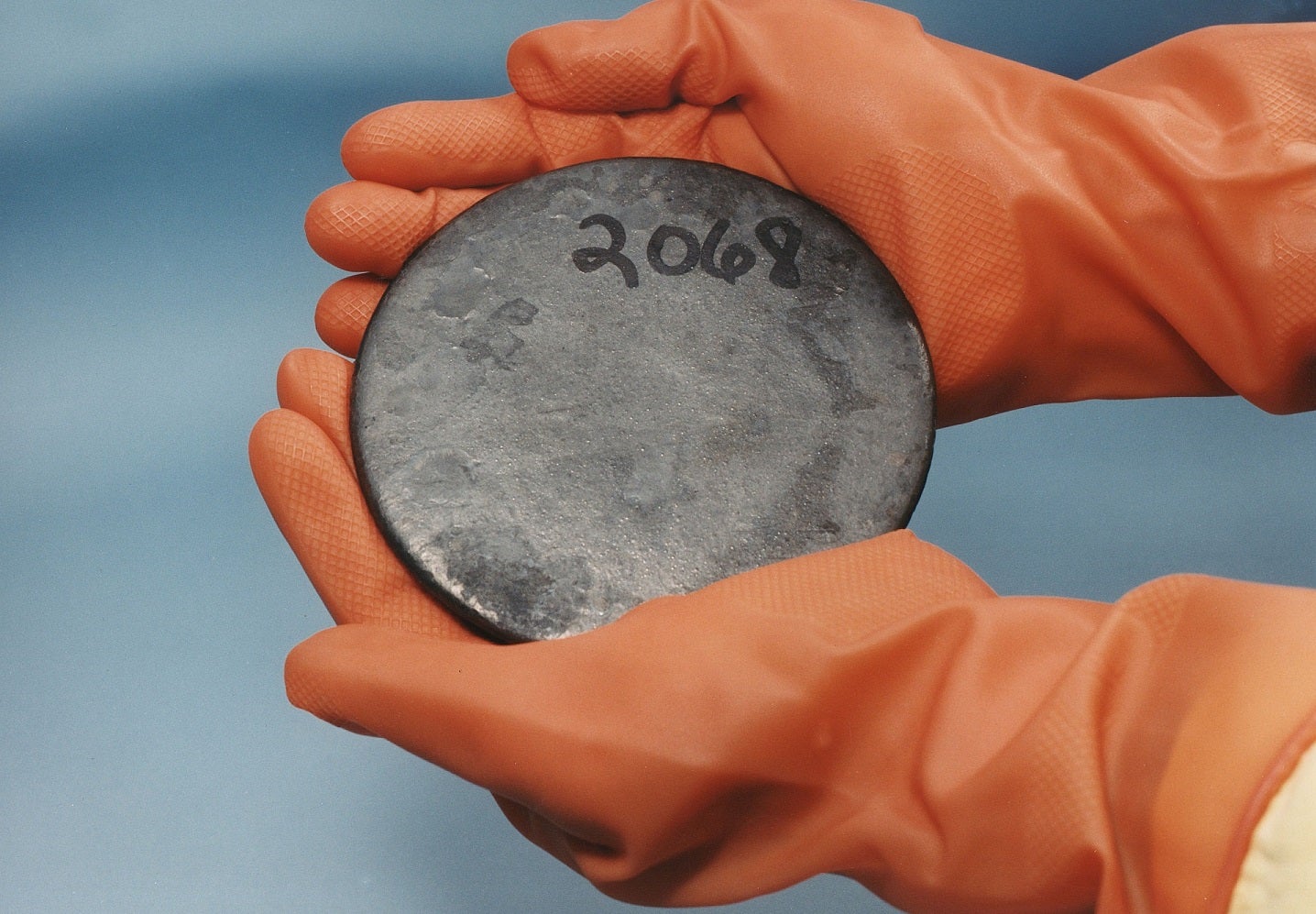Sign up for daily news updates from CleanTechnica on email. Or follow us on Google News!
Volkswagen has been talking about ID Buzz robotaxis for years. More than three years ago, I wrote that the ID Buzz would be the first Volkswagen vehicles to drive autonomously, according to Volkswagen. Last year, we wrote about 10 self-driving ID Buzz vans coming to Austin, Texas. Naturally, these don’t get the attention of Waymo or Tesla Full Self Driving, but there are simply a lot fewer people who think Volkswagen is going to lead the way with mass-market robotaxis — and Volkswagen Group has invested a lot less time and money in this.
Nonetheless, efforts at the company march on, and they continue to utilize the fully electric ID Buzz. Recently, Volkswagen Commercial Vehicles chief executive Carsten Intra said: “We want to offer test drives for customers in Hamburg this year — under real conditions.” As we’ve long discussed, this will be through Volkswagen Group subsidiary MOIA.
Self-driving ID Buzz vans have been testing in Munich and Hamburg since 2021, but they haven’t yet carried passengers. If Volkswagen/MOIA does start trialling such robotaxi operations with passengers later in 2024, it will be stepping into Waymo and Cruise territory. Naturally, as Waymo and Cruise had done, Volkswagen/MOIA will start off with safety drivers present who can intervene if needed, but plans to phase them out quickly.
“If we are satisfied with the feedback, we will then open it up to everyone,” Intra also said. It’s not 100% clear who “everyone” is, but presumably that just means anyone in the city where these are testing who gets the MOIA app and requests a ride. If Volkswagen Group/MOIA gets to that stage, it is expected to be in 2026. “Our goal remains to offer affordable, sustainable mobility in major cities that is accessible to everyone,” Intra said.
It should surprise no one that Volkswagen isn’t developing the core tech for this in-house. It is relying heavily on Intel’s subsidiary Mobileye. Previously, Volkswagen also worked with Argo AI for similar aims, but Argo AI has since folded. Some employees from that startup, though, reportedly joined Volkswagen. (Volkswagen and Ford were funding Argo AI.) Volkswagen’s vehicles are now being equipped with “Level 4” autonomous driving technology.
Aside from using ID Buzz robotaxis for human passengers (eventually), Volkswagen may use them as delivery vehicles. Though, a timeframe for that is not clear, and most likely highly uncertain until testing gets to an adequate level.
“The logistics market has grown significantly in recent years due to the increasing share of e-commerce,” Volkswagen notes. “Delivery capacity is already one of the biggest challenges the industry is facing due to the driver shortage. Autonomous transport will therefore be a possible solution to ensure long-term delivery capability and participate in market growth.”
“The hardware suite bound for the ID. Buzz AD appears to be pretty heavy on sensors: 13 cameras, 9 lidar units, 5 radar units, and two independent high-performance computers. The vehicles will also feature a constant online connection to cloud computers,” Autoweek writes.
Again, the goal to truly launch robotaxis services (not just trial them) is two years from now. “The aim of Volkswagen ADMT GmbH is to develop the fully electric autonomous ID. Buzz AD for the use in mobility and transport services from 2026,” Volkswagen said. In two years, this could either become a reality or most of us could have forgotten all about it and not bothered to follow up.
Have a tip for CleanTechnica? Want to advertise? Want to suggest a guest for our CleanTech Talk podcast? Contact us here.
Latest CleanTechnica.TV Video
CleanTechnica uses affiliate links. See our policy here.

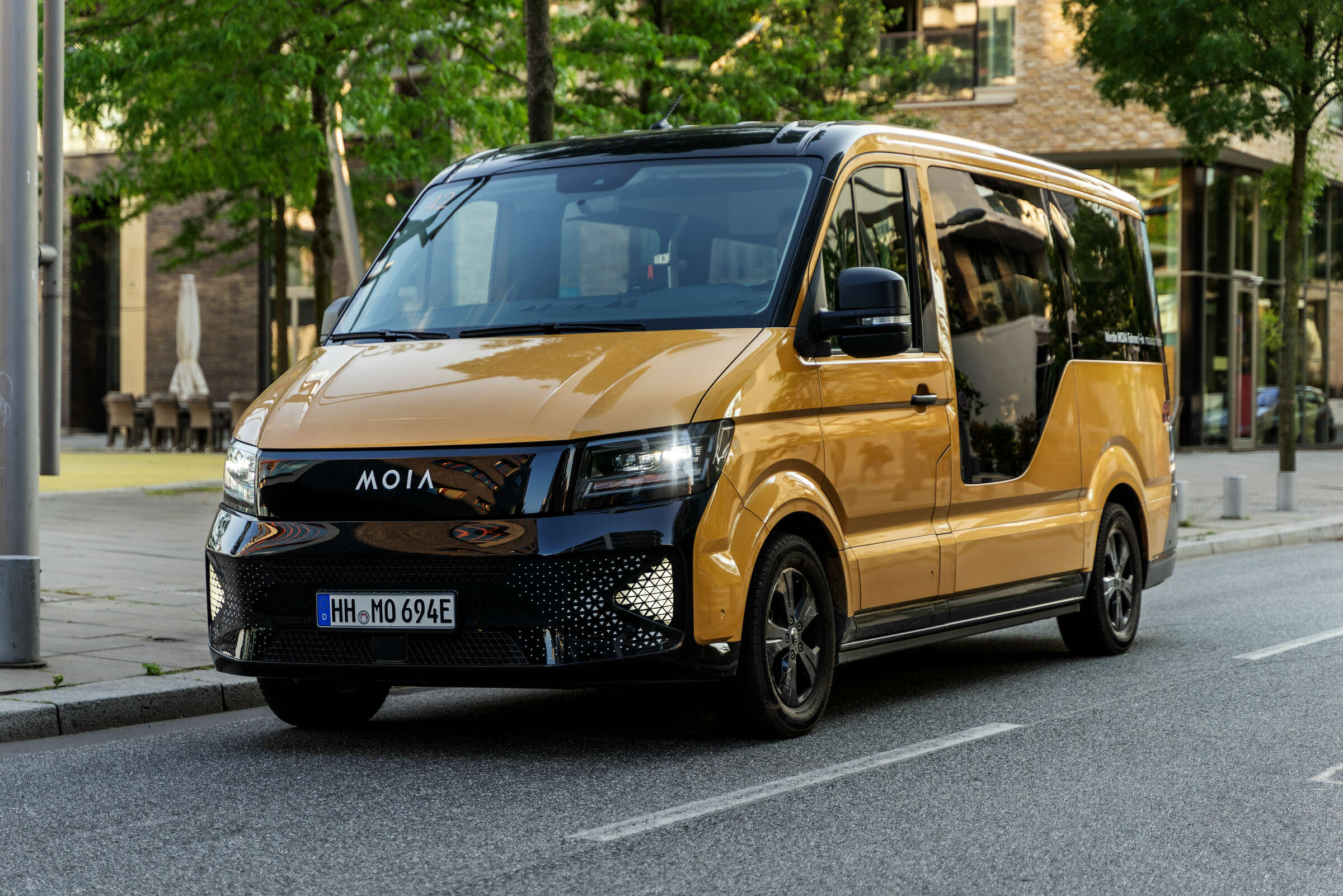
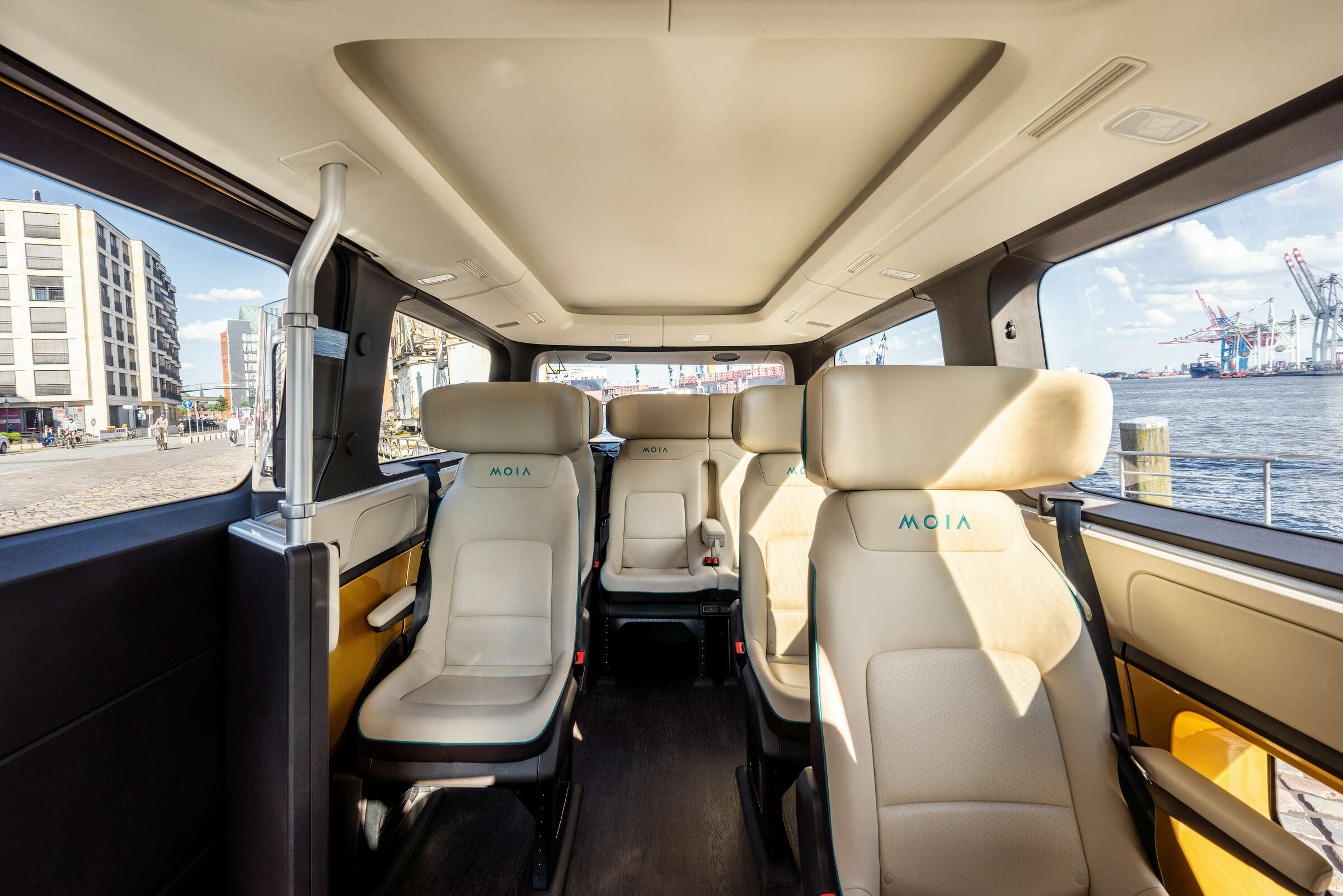
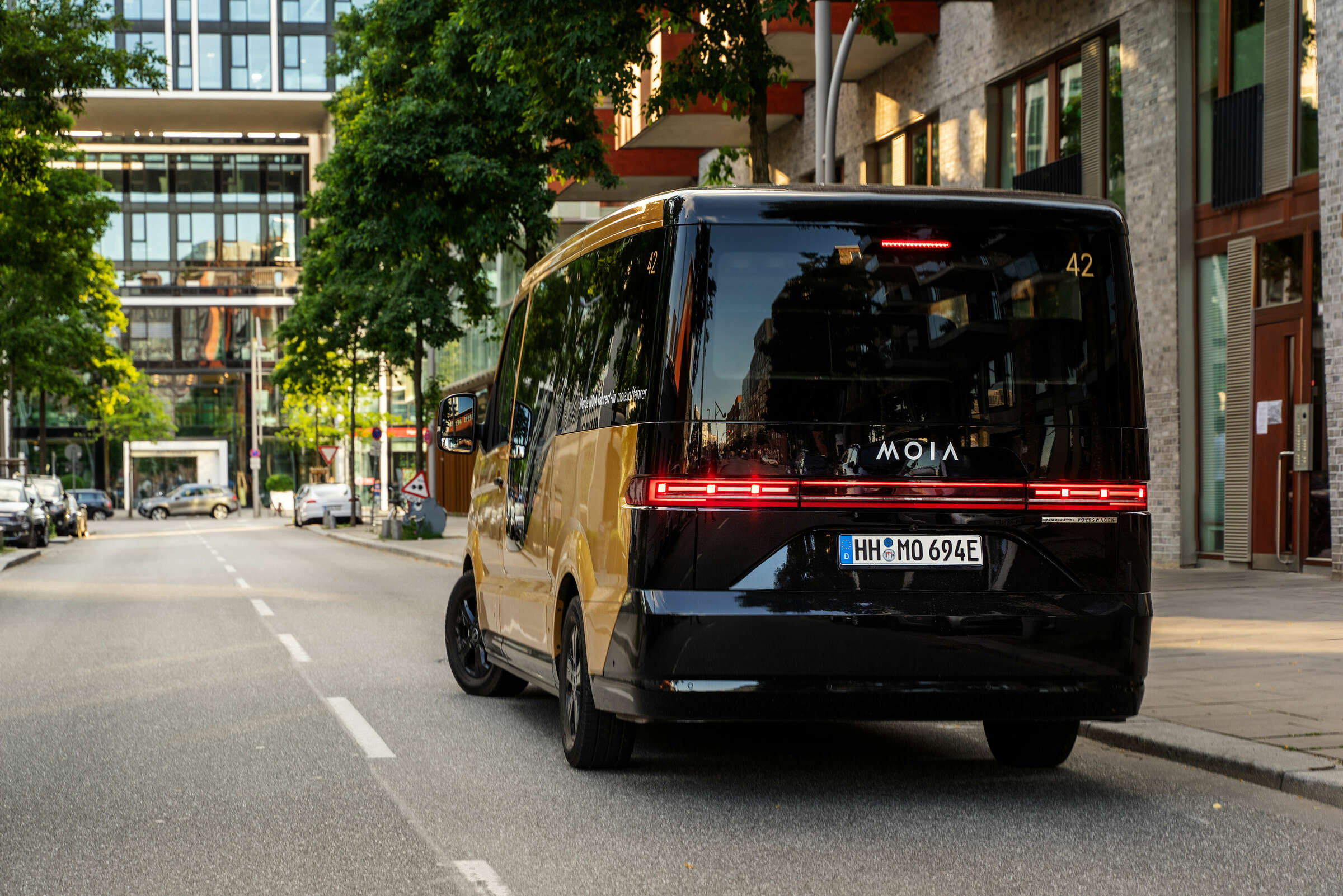
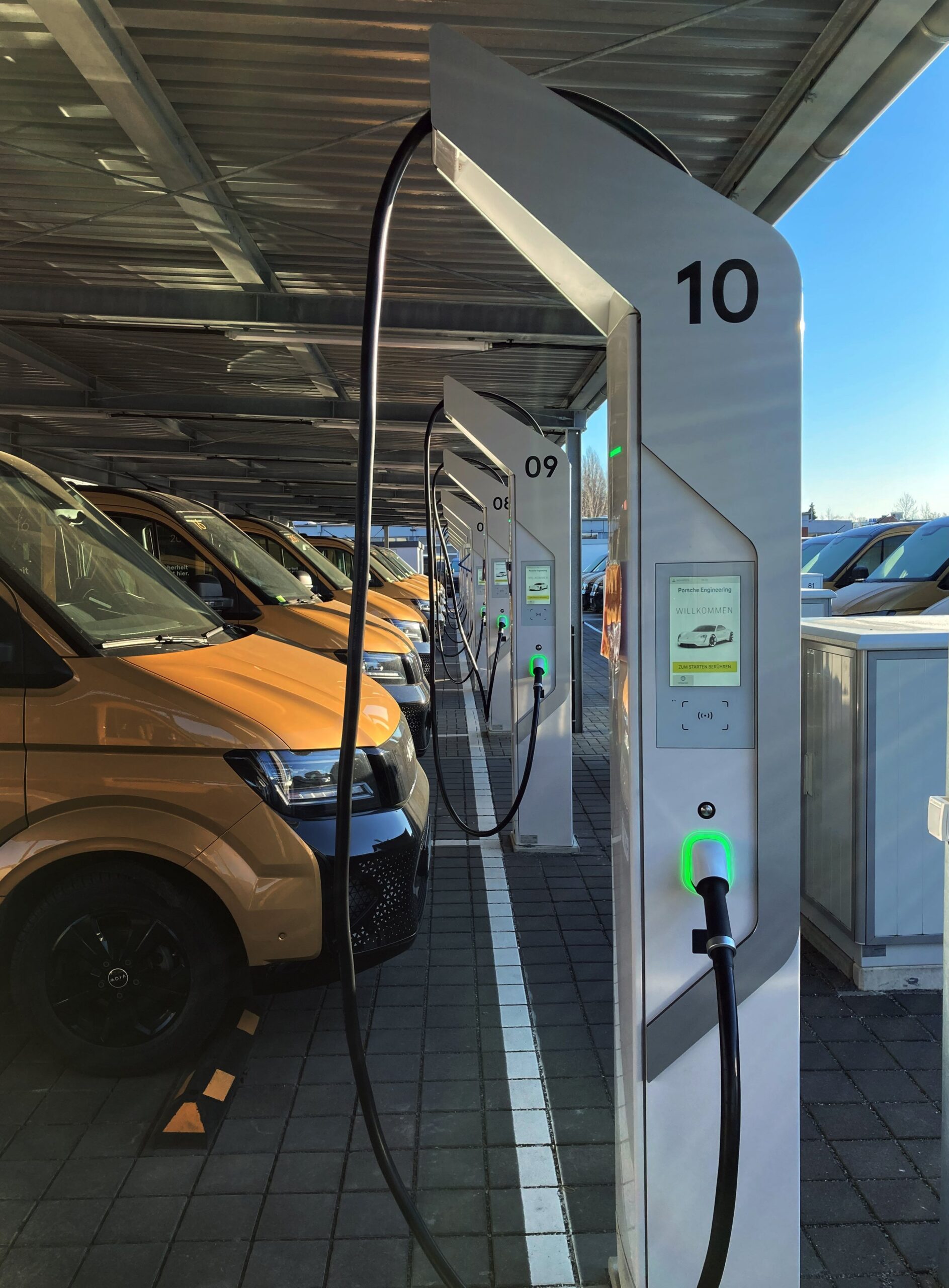

.jpg)

